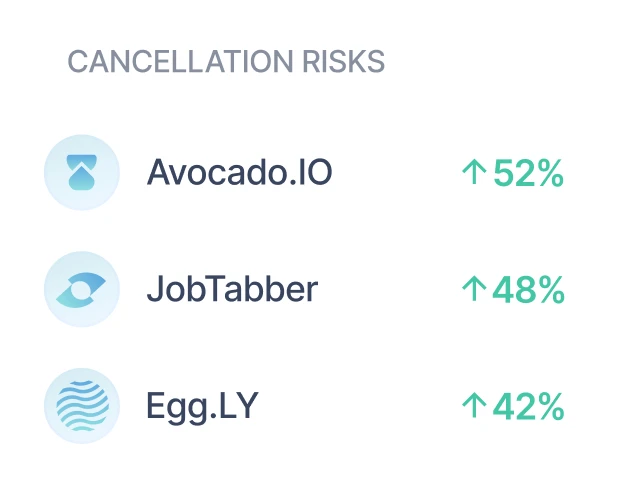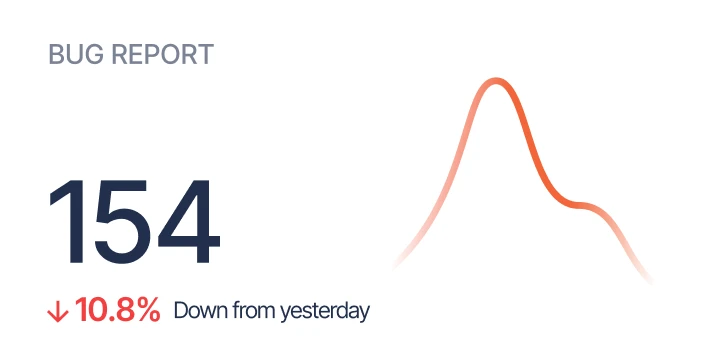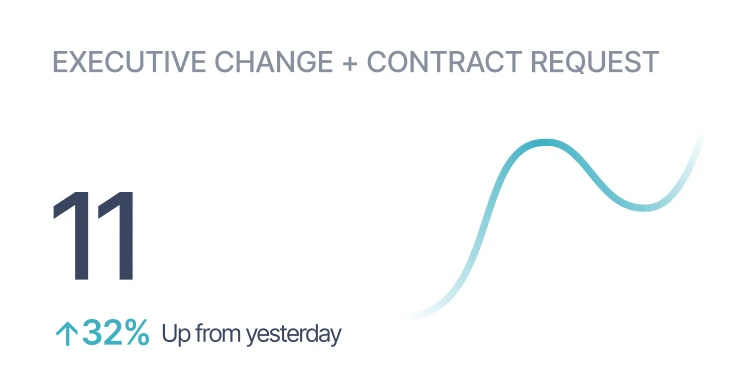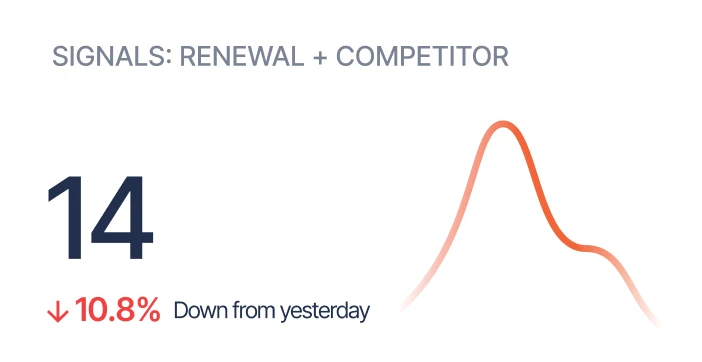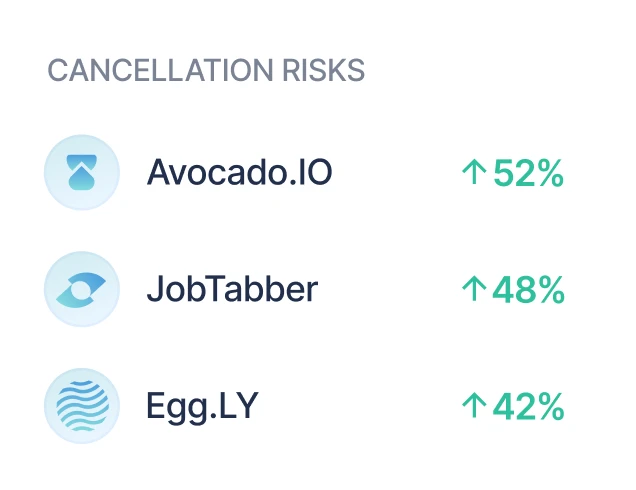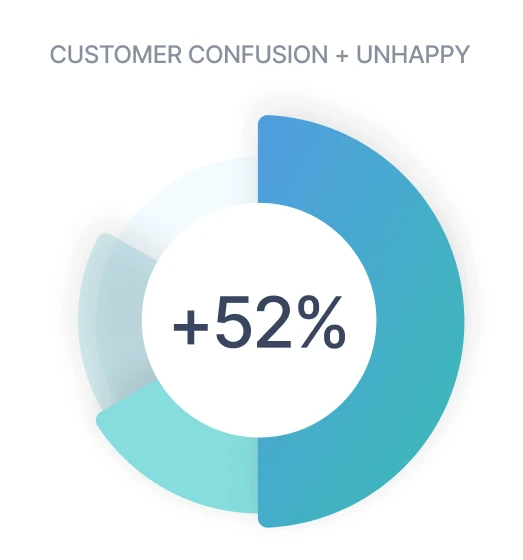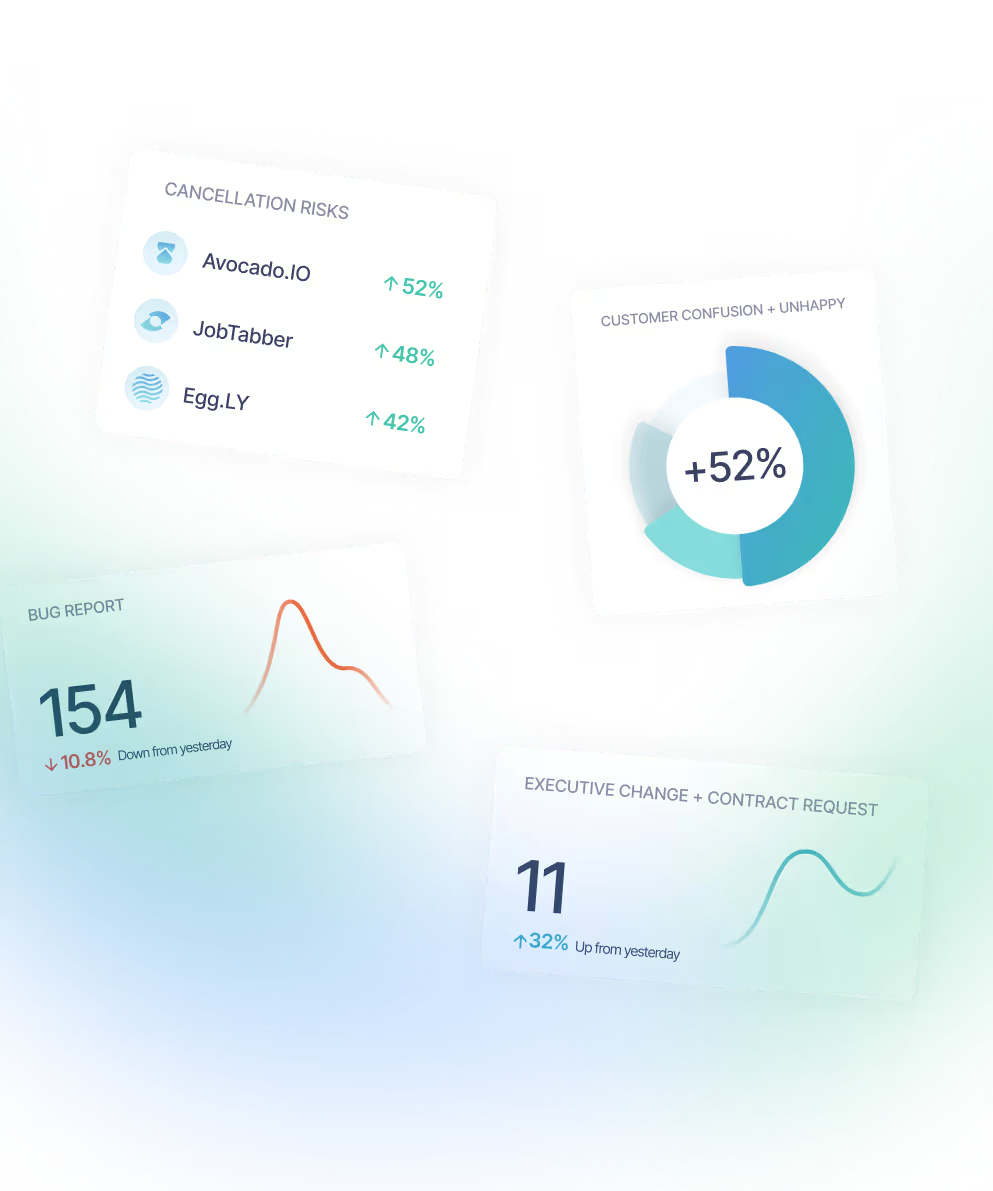Whether it’s a positive review or a scathing complaint, customer feedback is critical to the success of every business. It’s a window into the experiences buyers seek and a way for B2B software companies to improve their products, processes, and relationships.
Customer feedback is information given by your customers about the quality of your products and services. Are you meeting customer requirements and delivering value? Whether good or bad, there is no better and more reliable data source about your company than customer feedback.
With B2B buyers demanding more B2C-style experiences, it’s never been more critical to keep up with the changing needs of buyers and users. Unfortunately, many teams still rely on yesterday’s tools to solve today’s challenges.
To date, most companies have relied heavily on surveys to gather feedback. Others have coupled surveys with analytics tools that analyze customer sentiment. Unfortunately, both surveys and sentiment analysis fail to provide the necessary depth of qualitative data to build deeper customer relationships. Simply put, surveys and sentiment are often subject to broad interpretation.
Today’s most competitive B2B SaaS companies are putting deeper contextual insights about their customers to work. They are doing this by layering them into operations, processes, metrics, information flows, etc., to enable every team to make decisions based on specific, actionable signals. We’ll explore this more later.
Surveys are still the status quo
Let’s face it, surveys are a relatively simple and inexpensive way to collect customer feedback. However, Forrester reports that surveys capture between 2% and 7.5% of customer interactions.
Given the importance of understanding our customers, SaaS businesses must expand their approach to collecting and curating customer feedback. This starts with expanding the data sources teams use to operationalize insights across the business.
Easier said than done. To date, B2B SaaS businesses haven’t invested heavily enough in tools and technologies to help them better understand their customers. Today, leaders still struggle to create a complete picture of customer needs, frustrations, and intent. To a large extent, this is due to a reliance on surveys.
While many of us can’t rid ourselves entirely of surveys, they continue to fall short for these reasons.
- Surveys are a backward-looking tool in an era where customers expect near real-time remedies.
- Survey results are often ambiguous, failing to reveal the cause of customer frustration.
- Survey data is often seen as unreliable and not contextually substantive enough to drive real business impact.
- Surveys are often answered by users with exceptionally positive or negative experiences.
- Survey responses are limited to structured questions, so respondents cannot provide feedback about topics that are not covered.
- Surveys require significant customer time and effort and can be considered annoying.
Customer surveys are just one tool in the burgeoning field of customer intelligence. Sturdy defines it as the process of collecting and analyzing customer data from internal and external sources to unlock customer insights. Recently, many have turned to sentiment analysis to gain a deeper understanding of the consumer mindset. Sentiment analysis insights gathered from different sources lead to improved product features, pricing, customer experience, and overall customer satisfaction.
Sentiment alone is… OK
Many companies are running sentiment analyses on their product or customer service feedback. But as with surveys, this isn’t enough. Sentiment analysis gives you the binary answer good/bad or extends the range with outputs like terrible/bad/OK/good/great.
Sentiment analysis requires machines to be trained to analyze and understand emotions as people do. Human language cannot be categorized into only three buckets (positive, negative, and neutral) in its intricacies and complexities. For example, Let’s say we determine that 68% of customers have a negative impression of our product. That still leaves us with many unanswered questions: Do we change the pricing? Do we make UX adjustments? Without more specific insights, we’re left, once again, to go with our guts. Think survey results.
Let’s put it differently: if 68% of your customers are expressing negative sentiment, you need to understand why the customer feedback is so negative. Your team will need contextual clues to solve this level of dissatisfaction. The answers are probably right there; you just need the qualitative layer below the actual sentiment.
Once you understand the qualitative data, you can design better products, adjust processes, and build better relationships based on specific data points that need less interpretation. To do this, companies are leveraging next-generation AI, NLP, and ML technologies that provide deeper, actionable insights about their customers.
Tapping a new source of customer feedback
Customer insights programs are more successful when customer data and feedback are gathered from multiple sources to get a more complete, diverse look into customer needs and impressions. Companies realize that customers constantly send signals that help us predict churn, capture references, get in front of renewals, prioritize features, and run our businesses better. Our customers are giving us this information in Slack, Email, Salesforce, Webinars, training sessions, quarterly business reviews, Zoom calls, etc., daily.
Customer Signal
(noun) A gesture, action, or transmission delivered intentionally or unintentionally by a customer that conveys information, instructions, or insights.
For B2B SaaS businesses, these signals are immensely valuable. For example, reducing churn from 10% to 9% in a $10 million ARR business means that every customer is worth $17k more in lifetime value (500 customers, $20k annual contract value). And reducing churn in this example is saving just 5 customers a year.
Examples of Customer Signals
Identifying, classifying, and escalating customer signals to the right people at the right time empowers companies with information and insights to preempt issues before they spiral and seize revenue opportunities in time to improve the bottom line.
For example, when a customer asks, “Can I have a copy of our contract?” in a support ticket, a signal is being sent. In a SaaS environment, the customer is likely signaling risk. Maybe they are evaluating a competitor. Perhaps there has been an executive change or a shift in priorities. Regardless, every SaaS leader will agree that this signal needs to be escalated so action can be taken.
Below are a few other examples of customer signals. This is not an exhaustive list; every company will vary on what is essential. An interesting exercise is to sit down and list out the signals that your teams should be watching for. The output of this exercise can be used to improve operations, user experience, training workflows, and more.

Customer signals help us understand our customers better than surveys and sentiment alone. By defining and leveraging signals at scale, we can clearly understand if our products are delivering the value promised at the time of the sale. We can also better understand if our customers are willing to grow with us or are growing away from us.
“B2B companies historically lag behind their B2C counterparts in adopting and deploying commercial analytics, but the ones who engage with the tools already outperform their peers; their return on sales are up to five percentage points higher than that of their counterparts.” McKinsey
New analytics tools like Customer Intelligence platforms reveal opportunities for cross-functional collaborations. And the insights often have significant implications for non-sales teams. Rapid advancements in technology, especially AI, are making it easier to help brands quickly and responsibly use data to understand customer behaviors and predict customer needs. We can better anticipate future decisions when we discover new patterns and insights in our data. Ultimately, going beyond surveys and sentiment by leveraging customer signals presents opportunities and incentives to deliver better service and find new ways to grow.

.png)

.png)
.png)

